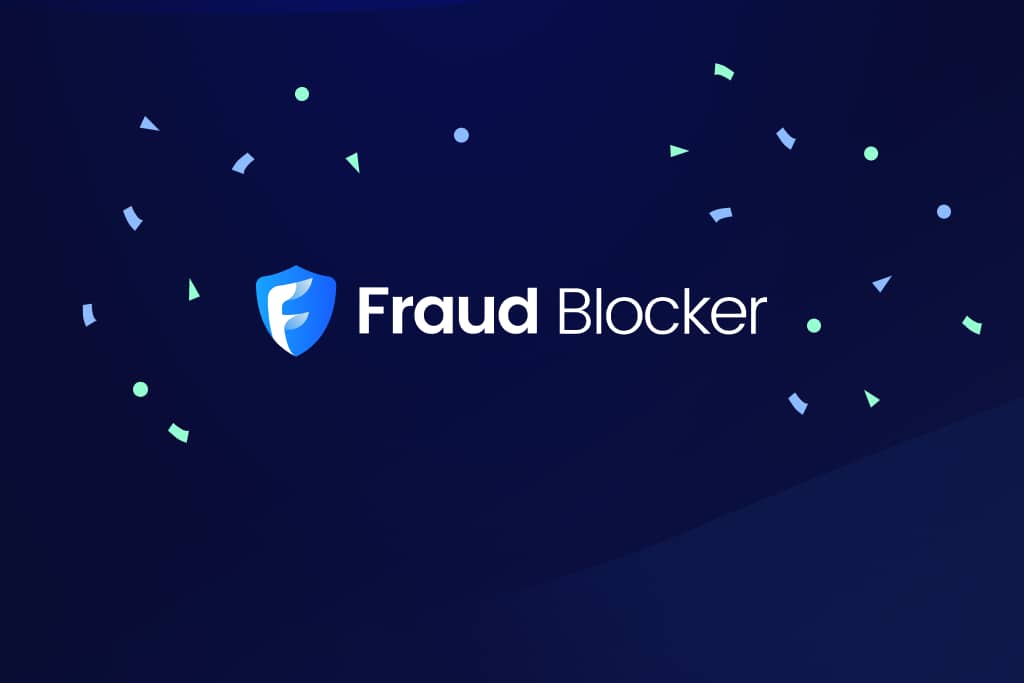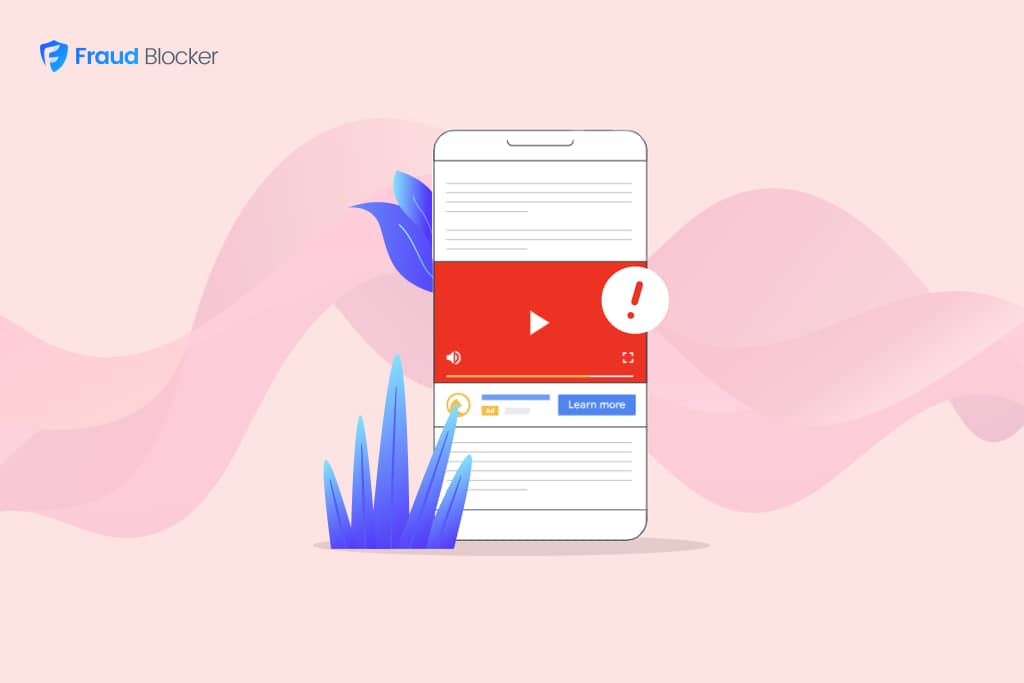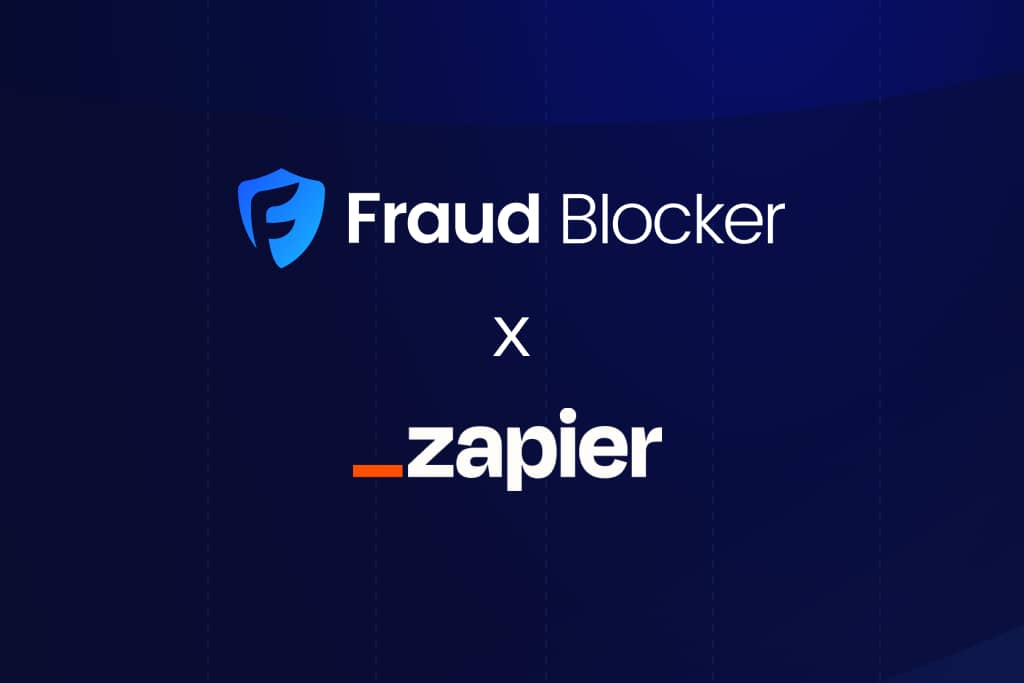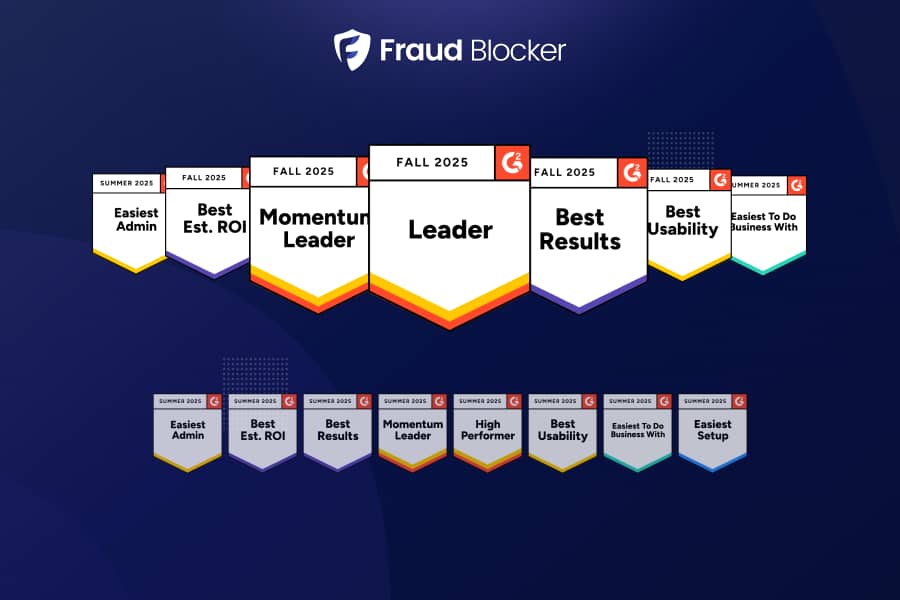
NEW New feature: Verify & block fake emails

We improve your ad performance by blocking click fraud and fake emails

Click fraud is costing advertisers billions in loses. Learn more here.

Click fraud is costing advertisers billions in loses. Learn more here.

A recent study has rocked the advertising industry by claiming that Google provided inaccurate data to numerous business and government advertisers regarding the viewership of its video ads on third-party “partner” websites. The report alleges that the tech giant charged these advertisers even if the guidelines for valid viewership weren’t met, such as ads video ads that played while hidden behind a paywall, were stacked on top of one another, or with audio that didn’t auto-play as required.
Google’s TrueView, the company’s exclusive video advertising tool, is not only featured on YouTube but also extends to third-party websites and apps. While viewers have the option to skip the ad after a mere five seconds, advertisers incur a charge only if the ad is watched for at least 30 seconds or its full duration if it’s shorter than that, provided the video isn’t muted and isn’t just auto-played as someone scrolls by.
The thorough study was done by Adalytics, a leading advertising research institution, and it revealed inconsistencies in how these ads are being counted. Their analysis of over 1,000 brand campaigns found that many TrueView ads running on platforms outside YouTube didn’t align with Google’s defined standards.
⚠⚠ This includes video ads that ran in minimized video players, muted ads, ads interspersed with blank content, or those that receive minimal interaction from viewers. There were also thousands of instances where the ads were served to a bot that viewed the videos, URLScan.io.
Example of a trueview ad being served while hidden behind a paywall. Source: Adalytics
Example of a trueview ad being partially hidden to avoid showing the “skip” button. Source: Adalytics
Some notable websites found to be hosting these muted TrueView ads include NYTimes, Reuters, Wired, Mashable, and Gizmodo. Additionally, the study highlighted ads where the skip button was intentionally made less visible, complicating the user’s ability to bypass the ad after the initial five seconds.
Interestingly, these supposed inconsistencies in ad presentation and count have been occurring since 2020, according to the research group. An anonymous advertiser commented on this issue, suggesting that this could be a strategy by YouTube and Google to indirectly amplify their revenues by exploiting advertisers’ limited understanding of the system.
Among the numerous users of TrueView are prominent government entities like the US government, EU parliament, New York City, and the Delaware police department. Major corporations such as Ernst & Young, American Express, TikTok, Disney+, IBM, HBO Max, and Pizza Hut also leverage this ad service. One recognized consumer brand revealed that of their $75,000 ad campaign, a whopping 80% was directed to third-party platforms like investing.com and the Candy Crush Saga game on Android.
Google issued a response to the report and vehemently denied the claim stating it “used unreliable sampling and proxy methodologies and made extremely inaccurate claims about the Google Video Partner (GVP) network.” However he community wasn’t satisfied pointing out that they didn’t address one of the core issues of sound and audio
Ultimately, there exists a major conflict of interest for ad networks to stop fraudulent traffic and publishers when they are financially incentivized to sell you the ad space. This is especially true for public companies with a constant need to increase revenues every quarter, such as Google (Alphabet).
Using an independent fraud solution can be a fact-checker of sorts, to help prevent you from running on low quality sites or reaching bots that click your ads. Try our 7-day free trial today.

Read our in-depth article on the biggest and most recent ad fraud scams, including those from Google, Forbes, Uber, Methbot and more


